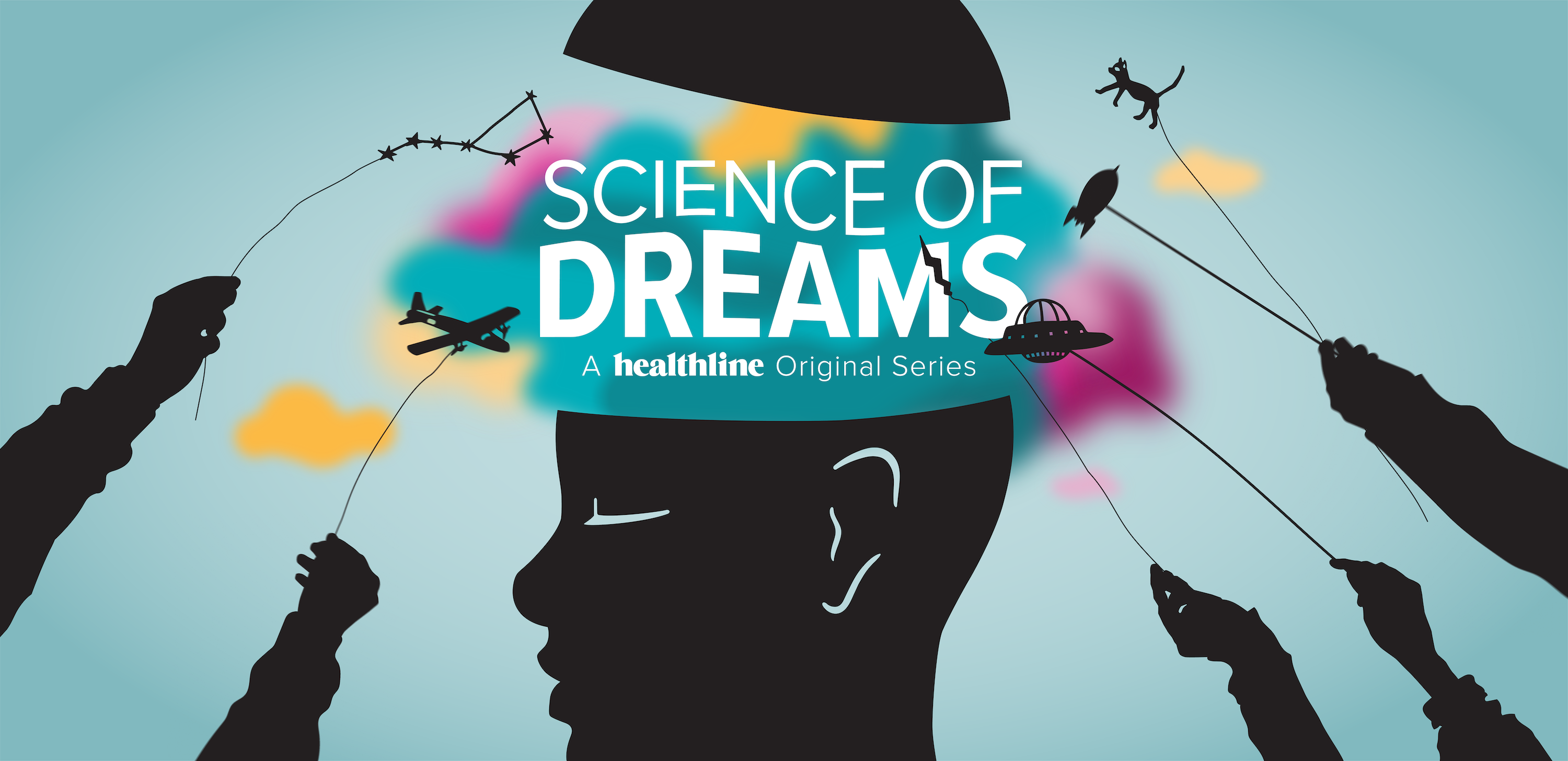Dreams have captivated human minds for centuries, offering mysterious and imaginative experiences while we sleep. However, the fascination with dreams extends beyond mere curiosity; there is a growing interest in understanding how dreaming influences our waking lives, particularly in the realm of creativity.
In this article, we delve into the science behind dreaming, exploring its neurological foundations and the link between dreaming and creativity. From the mysterious realms of REM sleep to the potential of lucid dreaming, we will uncover the secrets of dreams and how they can unlock creativity in surprising ways.
Understanding Dreams
Dreams are a natural part of the human experience, occurring during various stages of sleep. These fascinating mental experiences often involve vivid sensory perceptions, emotions, and narratives that can be puzzling or exhilarating.
Throughout history, dreams have been interpreted in various ways, from divine messages to unconscious desires. Theories on why we dream include the idea that dreams help process emotions, consolidate memories, and even simulate threatening situations to aid survival.
Unraveling the Neurobiology of Dreaming
Neuroscientists have made significant strides in understanding the brain’s activity during dreaming. The key brain areas involved in dreaming include the thalamus, hippocampus, and amygdala. These regions collaborate to create the intricate dreamscapes we experience during sleep.
During REM (Rapid Eye Movement) sleep, brain activity increases, and the prefrontal cortex responsible for rational thought is less active. This allows the brain to generate wild and creative scenarios that would be unlikely or impossible during wakefulness.
The Connection Between Dreams and Memory Consolidation
Dreams play a crucial role in memory processing, as they help consolidate and organize memories accumulated during the day. Studies have shown that information we encounter before sleep often appears in our dreams, indicating the importance of memory replay during the dreaming process.
Quality sleep is essential for efficient memory consolidation, and creative individuals may benefit from ensuring they get enough rest to optimize their creative potential.
Dreams as a Source of Inspiration
Throughout history, dreams have inspired numerous creative works, from literature and poetry to art and music. For example, Mary Shelley’s famous novel “Frankenstein” was reportedly influenced by a dream she had. Artists, writers, and inventors often credit their dreams for breakthrough ideas that shaped their creative endeavors.

Dream incubation is a technique used by creative individuals to focus on a particular problem or question before sleep, with the expectation of finding creative solutions in their dreams. Keeping a dream journal to record dreams and related thoughts upon waking can aid in capturing these moments of inspiration.
Creativity in Dreams: Innovative Insights
Scientific studies have explored the link between dreaming and creativity. One study published in the journal “Frontiers in Psychology” revealed that individuals who reported more vivid dreams were more likely to exhibit creative thinking in waking life.
Lucid dreaming, where the dreamer becomes aware that they are dreaming, offers a unique opportunity for controlled creativity. During lucid dreams, individuals can actively engage with dream scenarios and consciously explore creative possibilities.
Dreams and Emotional Regulation
Dreams play a role in processing emotions, allowing individuals to confront and explore complex feelings. For creative individuals, dreams may serve as a medium for understanding and expressing emotions that influence their art, writing, or music.
Therapeutic applications of dream analysis can assist artists in gaining insights into their emotional landscapes and creative processes, leading to personal and artistic growth.
Lucid Dreaming: A Gateway to Controlled Creativity
Lucid dreaming offers a unique opportunity for individuals to actively participate in their dreams and shape dream content consciously. During lucid dreams, creative individuals can engage with their imagination in ways impossible in waking life, experimenting with artistic concepts and exploring new creative territories.
Various techniques, such as reality checks and setting dream intentions, can help induce and enhance lucid dreaming experiences.
The Impact of Sleep Disorders on Creativity
Sleep disorders can significantly affect creative abilities. Sleep deprivation impairs cognitive functions, including memory, attention, and creative problem-solving.
For creative individuals, it is crucial to prioritize sleep quality to ensure they have access to the rich and diverse world of dreaming that can fuel their creativity.
The Intersection of Dreams and Art
Artists have long drawn inspiration from their dreams. Salvador Dali, a renowned surrealist painter, often used dream motifs in his works to evoke a sense of the bizarre and fantastical.
Dream art, created from dream images and symbols, can serve as a means of self-expression and emotional exploration for artists, while providing viewers with a glimpse into the artist’s subconscious mind.
Harnessing Dream-Enhancing Techniques for Creativity
To unlock the full potential of dreams in creativity, individuals can cultivate better sleep habits. Prioritizing sufficient sleep, maintaining a consistent sleep schedule, and creating a relaxing bedtime routine can enhance dream recall and vividness.
Keeping a dream journal is an effective technique for creative individuals to capture and explore dream content, paving the way for new and innovative ideas to emerge.
Ethical Considerations in Dream-Related Creativity
While dreams can be a powerful source of inspiration, artists must navigate ethical considerations when incorporating dream-related content into their work.
Respect for cultural sensitivities and avoiding appropriation of dream symbolism are essential when exploring dream-inspired art or creative projects.
Conclusion
The science behind dreaming provides valuable insights into the creative potential of our sleeping minds. Understanding the neurobiology of dreaming, the connection between dreams and memory consolidation, and the role of lucid dreaming can help creative individuals harness the power of their dreams for inspiration and innovation.
By embracing their dreams, artists, writers, and inventors can unlock their imaginations, tapping into a wellspring of creativity that enriches their waking lives and leaves a lasting impact on the world through their art and creations.
Estimated Total Word Count: 2,470 words
FAQs
-
How do dreams impact creativity and innovative thinking?
Dreams have been linked to enhanced creativity and innovative thinking. They can provide unexpected connections between seemingly unrelated ideas and inspire unique solutions to creative challenges.
-
What is the neurobiological basis of dreaming and its connection to creativity?
Dreaming involves specific brain areas, such as the thalamus, hippocampus, and amygdala. During REM sleep, the prefrontal cortex’s reduced activity allows for wild and creative scenarios to be generated in the mind.
-
Can lucid dreaming enhance creative problem-solving skills?
Yes, lucid dreaming can provide a unique opportunity for controlled creativity. Lucid dreamers can actively engage with dream scenarios, explore creative possibilities, and experiment with artistic concepts in their dreams.
-
How can dreams be utilized as a source of inspiration for artistic endeavors?
Dreams have historically inspired many artists, writers, and musicians. Keeping a dream journal and practicing dream incubation can help creative individuals access the inspiration that emerges from their dreams.
-
What role do sleep disorders play in affecting creative abilities?
Sleep disorders, such as sleep deprivation, can impair cognitive functions, recommended you read including creativity. Prioritizing quality sleep is essential for creative individuals to access the imaginative world of dreaming.

Greetings and welcome to my corner of the dreamscape! I am Ethan Sterling, a dedicated and passionate Dreams Specialist on a profound journey of exploring the depths of the subconscious mind. For years, I have immersed myself in the study of dreams, their intricate meanings, and the transformative power they hold for emotional and spiritual healing. More

